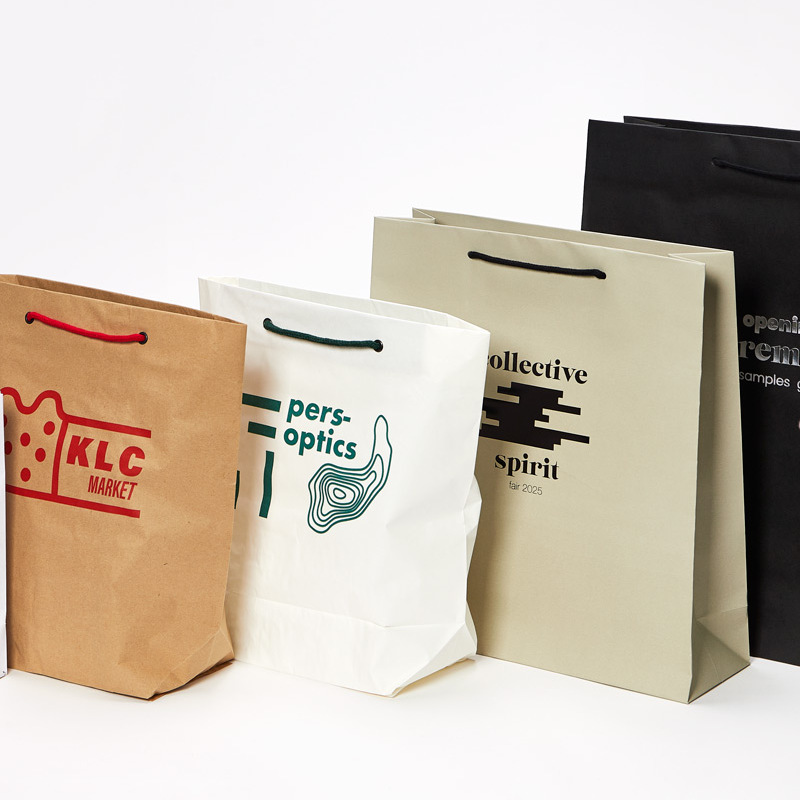The Art of Swing Tag Printing Adding Value and Identity to Your Brand
In the world of retail and branding, every detail matters. One essential yet often overlooked element is the swing tag. Swing tags are the small, often beautifully designed labels attached to products, conveying crucial information about the item, the brand, and its values. The printing of swing tags is more than just a functional requirement; it's an art form that can significantly impact a brand's perception and customer experience.
Understanding Swing Tags
Swing tags serve several purposes. They provide essential information, such as care instructions, price, and fabric content, while also serving as a marketing tool to enhance brand identity. They can tell a story about the product, reflect the brand's ethos, or highlight sustainable practices. For example, a swing tag for an eco-friendly clothing line may include details about the sustainable materials used, the ethical manufacturing practices followed, and tips on how to care for the product to enhance longevity.
The Design Process
The process of designing swing tags begins with understanding the target audience and the message that needs to be conveyed. Designers must consider the brand's overall aesthetic, colors, fonts, and imagery that resonate with the consumer. It’s crucial to strike the right balance between aesthetics and functionality. While a beautifully designed swing tag can catch a customer's eye, it also needs to include clear, legible text that provides vital information about the product.
Additionally, the choice of materials can speak volumes about the brand. A luxury brand might opt for high-quality cardstock with a matte finish, while a bohemian-style brand might choose textured paper that adds a tactile element to the product. The thickness of the tag also contributes to the overall feel; a heavier tag might evoke a sense of quality and durability.
swing tag printing

The Printing Process
Once the design is finalized, the printing process begins. Companies have a range of options when printing swing tags, from digital printing to offset printing. Digital printing is often favored for small runs, allowing brands to be more flexible and economize on costs. For larger production runs, offset printing may be more economical and provides superior color accuracy and detail.
Innovative printing techniques, such as foil stamping, embossing, or spot UV coating, can also be employed to enhance the visual appeal and tactility of swing tags. These processes not only make the tags stand out but also add a luxurious touch that can elevate the perception of the product.
Sustainability and Innovation
In today’s marketplace, where consumers are becoming increasingly environmentally conscious, sustainable swing tag printing is gaining traction. Brands are looking for ways to minimize their environmental impact by using recycled materials, eco-friendly inks, and sustainable printing processes. This commitment to sustainability can be effectively communicated through the swing tag itself, reinforcing the brand’s values and attracting like-minded consumers.
Conclusion
In conclusion, swing tag printing is a crucial part of product branding that should not be underestimated. It offers an opportunity to connect with consumers on a deeper level, tell a brand story, and communicate essential information effectively. With thoughtful design and innovative printing techniques, swing tags can significantly enhance a product's appeal and consumer engagement, ultimately contributing to a brand’s success in a competitive market.



